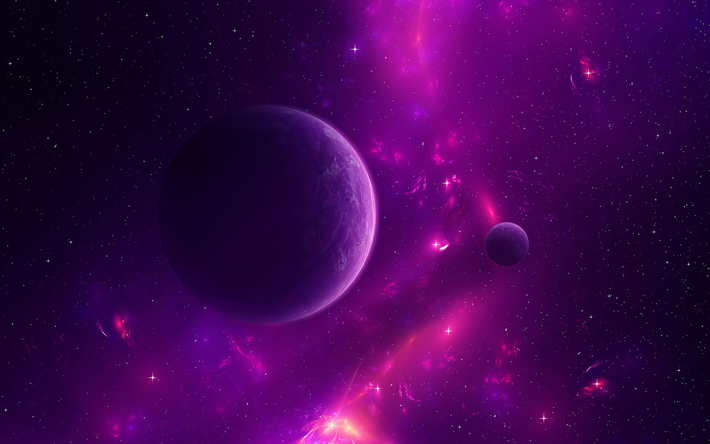Interstellar space is a memorial park of lost spirits. Unfastened a long way from any star, these planets float in the dimness like apparition ships in the evening.
Noticing one requires tolerance, and a decent eye. In any case, another methodology dependent on huge number of pictures gathered by the European Southern Observatory's offices has brought about the distinguishing proof of upwards of 170 potential 'rebel' universes in our side of the cosmic system.
On the off chance that a decent part of them are affirmed to be planets, it would propose the Milky Way is amassing with sun based exiles.
"There could be a few billions of these free-drifting monster planets meandering openly in the Milky Way without a host star," says Hervé Bouy, a cosmologist at the Laboratoire d'Astrophysique de Bordeaux in France.
Rebel planets all beginning their reality in the very whirls of gas and residue that bring about an average planetary group, yet a portion of these billows of issue might be too little to even consider framing the star part of the framework.
Situated inside the Scorpius and Ophiuchus groups of stars, the planets were spotted utilizing a set-up of telescopes on both the ground and in space. Commonly, maverick planets are hard to picture since they aren't near any stars to make them noticeable.
Nonetheless, with information accumulated more than a long time from European Southern Observatory (ESO) telescopes, the European Space Agency's Gaia satellite, and then some, Núria Miret-Roig, a stargazer at the Laboratoire d'Astrophysique de Bordeaux, France and the University of Vienna, Austria, and her group had the option to catch faint hotness marks discharged from planets that framed inside the last a few million years.
The new outcomes reinforce the possibility that maverick planets are normal all through the Milky Way system, maybe in any event, dwarfing "ordinary" universes that circle parent stars.
Furthermore further examination of these freshly discovered universes, and others like them, could assist space experts with bettering see how maverick planets become, concentrate on colleagues said. For instance, do the greater part of them structure solo, gathering from a haze of material too little to even think about delivering a star? Or then again are rebels typically brought into the world ready "ordinary" nearby planet groups yet booted into the immense dim emptiness by emotional gravitational connections?

